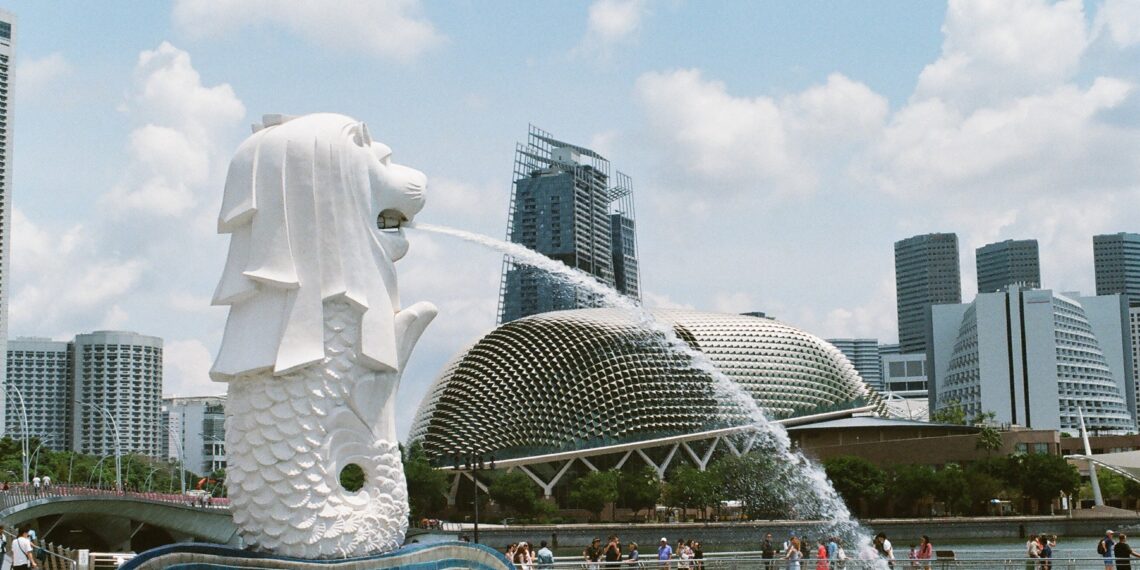Whether you’re scrolling social media or reading your favourite news publication, there’s no dearth of self-improvement literature out there. “How to transform your life,” and “how to find love/wealth” and “how to attract abundance” are everywhere.
But how does a whole country transform and become abundant?
Singapore was once colonised, but it shrugged off its oppressive history and today enjoys a top position on several fronts, as detailed in From Third World to First – the Singapore Story, a memoir by its former Prime Minister Lee Kuan Yew.
The Singapore we know today boasts not only the world’s fourth-highest per capita real income but also other indicators of a truly thriving nation: the busiest port of trade, and one of the world’s best airports. It is a popular tourist destination and is widely recognized as being clean, safe, cosmopolitan, and easy to get around.
As Yew describes in From Third world to First – the Singapore story, the country was initially plagued by poverty and social chaos. Yew uses previously unpublished official government reports and papers to explain how he led Singapore to its current (glorious) state.
Since the book is a memoir, it traces Yew’s initiatives and efforts in bringing Singapore from where it was in 1959 – when he first became Prime Minister – to where it is today. When Yew took over, Singapore was still a British colony, and in 1963, although it attained freedom from the British, it was part of Malaysia and only became an independent nation in 1965. But that’s oversimplifying it, Yew had to first negotiate with the British to not leave too quickly because that would leave Singapore open to new attacks. And no, Singapore did not fight for independence from Malaysia; it was actually cast out!
But Yew was determined to make Singapore thrive.
His first move was to fix the economy. He would deal with the mismatched diaspora that had no shared past, no shared history (and perhaps no shared vision) later. The world – and especially previously colonised nations – was wary of allowing colonisers back through an economic backdoor. That meant that nobody would voluntarily offer up their own workforce as labour to big companies in other countries. Yew, however, fully focussed on rebuilding the economy, welcomed any income for his nascent, newly free nation.
The next move was to become secure and develop the strength to battle any further threats – colonial or communist. But how do you drive unity, build an army, and imbibe loyalty in a nation of people who did not exactly see themselves as belonging with one another? Yew’s moves in providing mass housing and building infrastructure across swampy areas helped drive the right sentiments over time – who wouldn’t fight for a nation that took them out of slums with no water and no electricity and gave them a home, healthcare, and retirement? From Third world to First – the Singapore story further describes how Yew worked with countries like Israel and Taiwan, establishing diplomatic ties in return for military training for Singapore’s defences.
Yew was famous for not caring what people thought, saying that his goal was “to be correct, not politically correct”. To quips about Singapore being a nanny state (which is a euphemism for a government poking its nose in its citizens’ private business), he said, “If this is a nanny state, I am proud to have fostered one.”
Indeed, Yew taught the people discipline, poking his nose unabashedly to make sure his goal of a thriving Singapore came to life. He banned chewing gum and made young men cut their hair so that they would look more disciplined. He caned people publicly for breaking the law.
Yew avoided corruption by paying government officials high salaries and also making sure that nobody was above the law. He set an example by going through court proceedings himself when he was suspected to have purchased a house in a housing project by illegal means.
Things were settling down at home, but Yew also wanted to make a name for the small island country in global politics. He put tremendous effort into playing his cards right amidst all the rivalry between superpowers like China, the US, and USSR. He and other diplomats visited many countries to present Singapore to them and invite them to invest in it or support it in many ways.
Overall, it seems like today’s Singapore was shaped by Yew’s focus on disciplining the population and drawing their loyalty through proven well-being, ensuring there was always sufficient capital for a healthy economy, and maintaining a power stance in global politics. He seemed to care less about how he was seen and more about what he was achieving on the ground. Yew is often referred to as a leader who was loved to the same extent that he was feared.
So that’s how Singapore did it – in brief. Yew’s 700-page, 43-chapter memoir From Third World to First – the Singapore Story tells the complete tale in great detail. Yew, who died in 2015, lives on through the legacy that is Singapore, and through the book.








